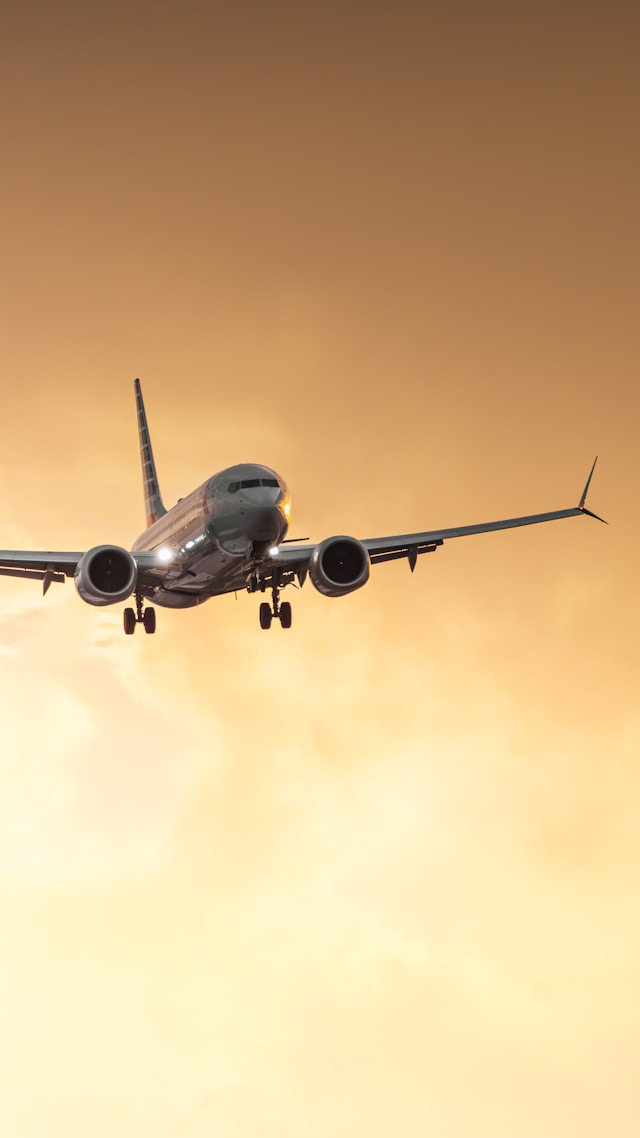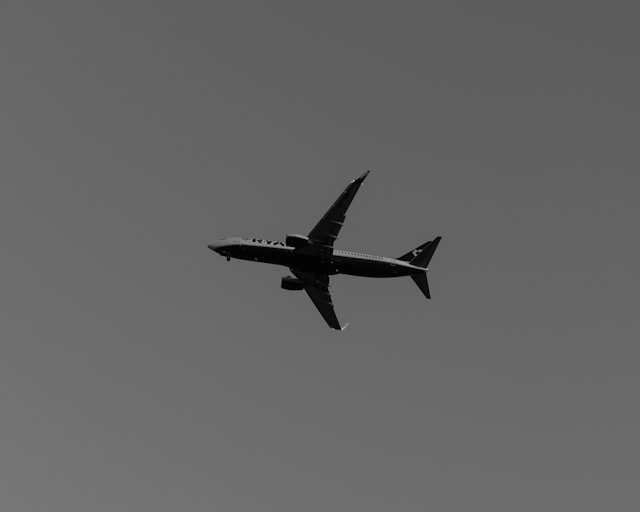Flying an airplane is an exhilarating experience. As you advance in your piloting skills, you might consider transitioning from single-engine to multi-engine aircraft. This change opens up new opportunities and challenges. If you’re interested in this step, here is a thorough guide to help you navigate the process smoothly.
Why Switch to Multi-Engine Aircraft?
Pilots choose to transition to multi-engine planes for several reasons:
- More Career Opportunities: A multi-engine rating is required for many commercial, corporate, and charter pilot positions.
- Improved Performance: Multi-engine planes can climb higher, fly faster, and carry more weight than single-engine planes.
- Safety and Redundancy: Having two engines can be safer, providing backup if one engine fails.
- Advanced Skills: Learning to fly multi-engine planes enhances your overall piloting skills.
Requirements and Prerequisites
Before starting your multi-engine training, you must meet some basic requirements:
- Private Pilot License (PPL): You need to already have a PPL. Some training programs may also require a Commercial Pilot License (CPL).
- Flight Hours: There is no set number of flight hours required for a multi-engine rating, but having more experience is beneficial.
- Medical Certificate: You need a valid medical certificate that matches your current pilot’s license.
What to Expect in Multi-Engine Training
Learning to fly a multi-engine aircraft involves both ground school and practical flight training. Here’s what to expect:
Ground School
Ground school covers the theoretical aspects of flying a multi-engine aircraft. Key topics include:
- Aircraft Systems: Understand the engines, fuel systems, and propellers unique to multi-engine planes.
- Aerodynamics: Learn about the physics of flying with more than one engine and managing asymmetrical thrust.
- Performance Calculations: Learn how to calculate performance data such as takeoff and landing distances and single-engine performance.
- Weight and Balance: Know how to manage the weight and balance of the aircraft.
Flight Training
Flight training is the hands-on part of your education. You will spend time in the cockpit learning to fly a multi-engine aircraft. Key areas of focus include:
- Engine-Out Procedures: Practice flying with one engine inoperative. This is crucial for learning to maintain control and land safely in the event of an engine failure.
- Maneuvers: Learn specific maneuvers for multi-engine planes, such as demonstrating minimum control speed (Vmc) and single-engine landings.
- Normal Operations: Practice routine operations like takeoffs, landings, and cross-country flying.
- Emergency Procedures: Learn how to handle various in-flight emergencies, such as engine failures, electrical issues, and other system malfunctions.
Tips for a Smooth Transition
Here are some tips to help you transition from single-engine to multi-engine flying:
- Choose the Right Instructor: Find an instructor with extensive experience and knowledge in multi-engine training. A good instructor can significantly enhance your learning experience.
- Maintain Consistency: Consistent practice is essential for mastering multi-engine flying. Schedule training sessions regularly to keep your skills sharp.
- Study Diligently: Ensure you thoroughly understand the material covered in ground school. This knowledge is crucial for both the oral exam and practical flight test.
- Utilize Simulators: If possible, use flight simulators to practice procedures and maneuvers. Simulators allow you to learn and make mistakes without the risks associated with actual flight.
- Stay Calm: Multi-engine training can be challenging, especially when practicing engine-out procedures. Stay calm, and remember that your instructor is there to guide you.
The Checkride
The checkride is the final step to obtaining your multi-engine rating. It includes:
- Oral Exam: Discuss various topics with the examiner, such as multi-engine systems, aerodynamics, and emergency procedures.
- Flight Test: Demonstrate your ability to handle the aircraft by performing both normal maneuvers and emergency procedures. You will need to show that you can fly safely with one engine inoperative.
Benefits of a Multi-Engine Rating
Obtaining a multi-engine rating offers numerous advantages:
- Career Advancement: It opens up job opportunities in commercial aviation, corporate aviation, and charter services.
- Enhanced Skills: It helps you develop more advanced flying skills, making you a more proficient pilot.
- Increased Versatility: You can fly a wider range of aircraft, from small twin-engine trainers to larger corporate jets.
- Improved Safety: Having two engines provides additional safety through redundancy.
Conclusion
Transitioning from a single-engine to a multi-engine aircraft is an exciting step in your aviation career. It requires mastering advanced maneuvers, learning new skills, and understanding more complex systems. With dedication and the right training, you can earn your multi-engine rating and unlock new career opportunities as a pilot. Stay focused, practice regularly, and enjoy the journey. The sky’s the limit—happy flying!



